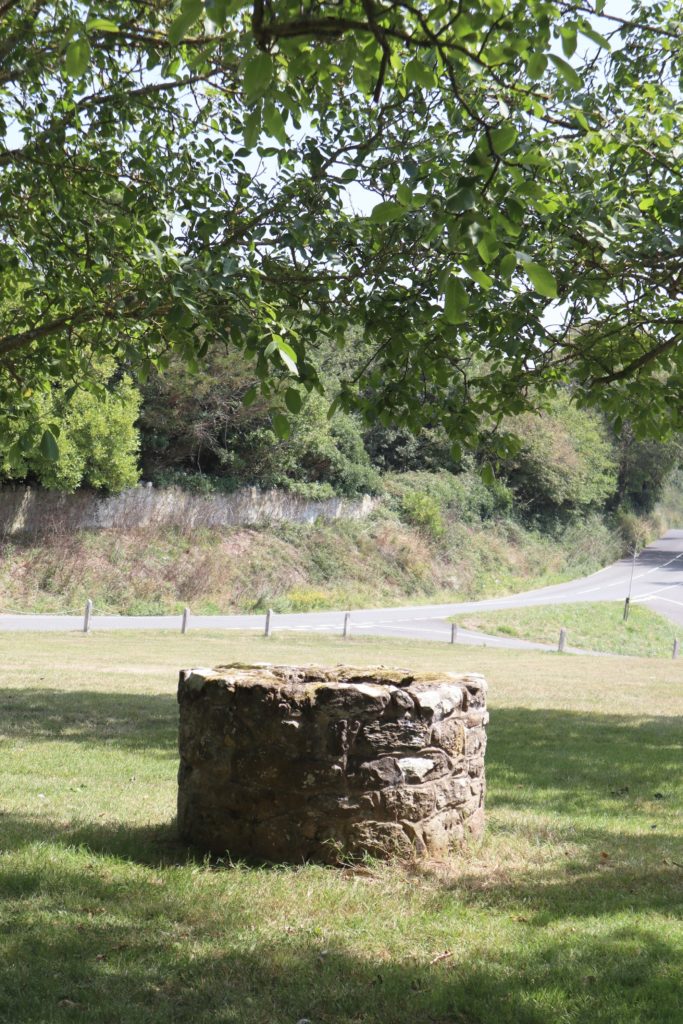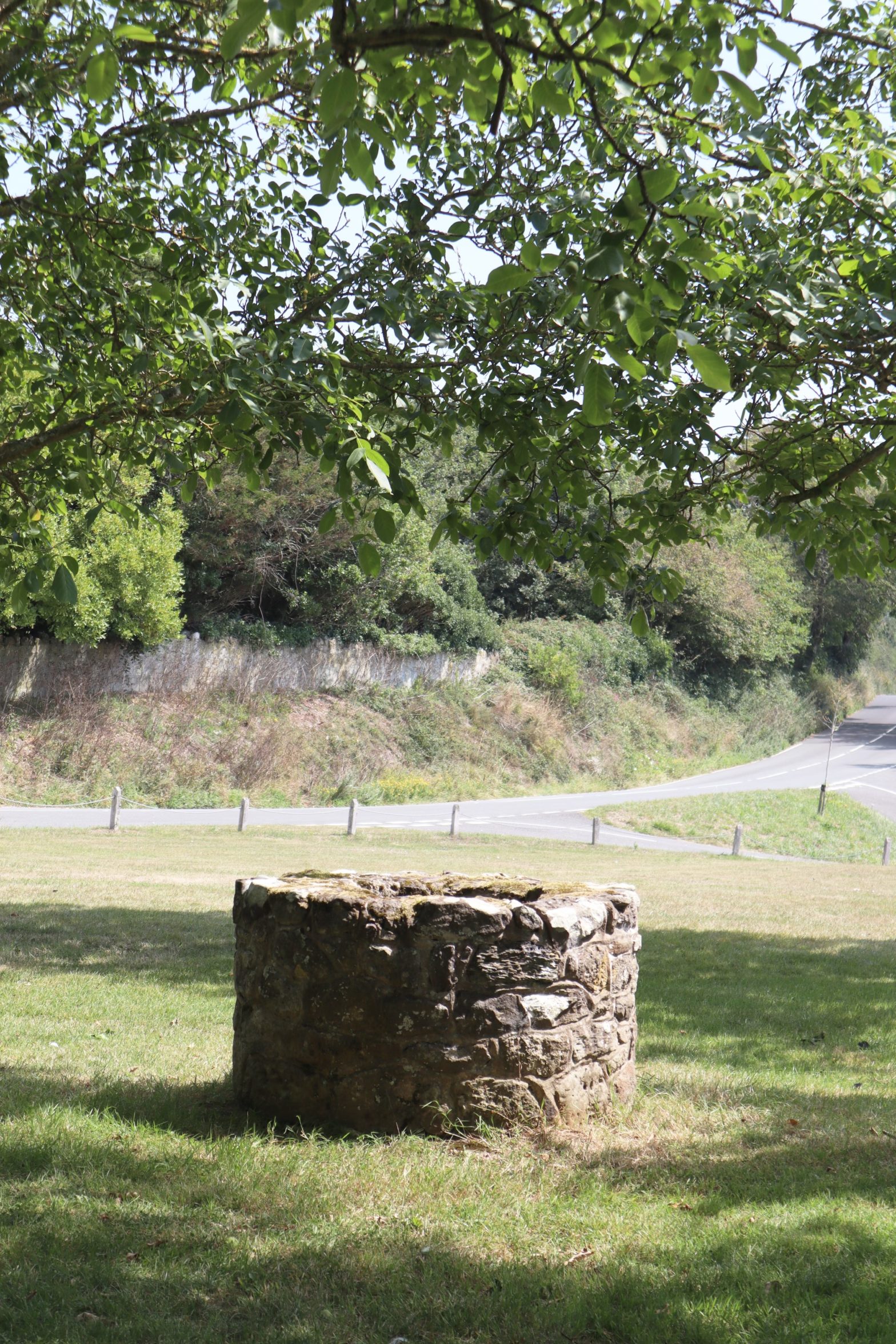
The first time Miriam is named in the Bible, we find her singing. After the crossing of the Red Sea and the death of the Egyptian army, the Israelites are officially free from their captors for the first time in generations. Miriam’s response, along with her brother Moses, is to sing a song praising the glory of God. This song of deliverance is not just a simple thanks, but an outpouring of emotion for their safety and freedom from Pharaoh’s tyranny. Miriam and her timbrel rile up the whole crowd of women to begin singing and dancing along with her, and soon all the Israelites joined together, lifting everyone’s spirits after a stressful night and a horrible four hundred years. This devotion to her people and leadership ability is present whenever Miriam is seen in the Bible. While she is not often portrayed this way in modern commentaries, Miriam is indispensable in the Judeo-Christian tradition and the Exodus story as a whole. She is an example of women’s importance throughout the Old Testament for both Jews and Christians.
The number three is incredibly important in both the Old Testament and the New Testament. Jesus rose again after three days in the tomb, Noah had three sons, Satan tempted Jesus three times, and Jonah spent three days inside the big fish. The number three represents divine wholeness and completion. Consider that God is in three persons: the Father, the Son, and the Holy Spirit. Purposefully, Moses, Aaron, and Miriam are another example of this triad. The three siblings have a symbiosis with one another. Symbolism and Talmudic teachings reveal their essential roles for the journey of the Israelites to the Promised Land.
While it’s often necessary to read between the lines of the Torah to find this symbolism, the Talmud makes it explicit: “Three good gifts were given from Heaven through their agency,” it says, “And these are they: The well of water, the pillar of cloud, and the manna[…]The well was given to the Jewish people in the merit of Miriam; the pillar of cloud was in the merit of Aaron; and the manna in the merit of Moses.”[1] This divine well follows the Israelites through the desert, providing them with water on their trek. When Miriam dies, the well dries up, and “there was no water for the community.”[2] The Israelites are only saved through divine intervention as Moses performs the water from the rock miracle. Miriam is shown to be a necessary part of the trio as, without her, the Israelites suffer.
At first glance, it appears odd to characterize this scene as supportive of Miriam. It would seem that Moses is as capable of providing water to the Israelites as his sister. However, it is important to note that even though Moses is one part of a triarchy, he is not equal with his siblings. He is the most important prophet in Judaism[3] and ultimately has authority over them. A better comparison would be between Miriam and Aaron. They have similar roles in the symbiotic trio. God says in Micah 6:4 that “[He] sent Moses to lead [the Israelites], also Aaron and Miriam.”* Although Aaron is high priest and male, Miriam is regarded as his equal. She is a co-leader of the Israelites under the guidance of God and Moses.
This view of Miriam is not universally shared among theologians. There is a significant translation issue within the text that lends itself to the opposite conclusion. In Numbers 12, Moses married a Cushite woman, and, for a variety of unstated reasons, Miriam and Aaron disapproved, questioning the authority of Moses altogether. The NIV translation reads that “Miriam and Aaron began to talk against Moses because of his Cushite wife, for he had married a Cushite.”[4] This explanation posits that both Miriam and Aaron rebuke Moses, while God sees this rebuke differently. He punishes only Miriam for her insubordination, giving her leprosy, but leaves Aaron’s skin untouched. Many Jewish and Chirstian sources either justify this punishment as the fault of Miriam[5] or claim that Aaron’s position as priest would be jeopardized if he was stricken with the disease.[6] Another interpretation is far simpler: Miriam was the instigator in this situation. Examining the original Hebrew: “Note that the verb va-tedaber—“spoke against”—is in the feminine singular, though both Aaron and Miriam are its subject. Note also that Miriam’s name is listed first, reversing the usual order in the Torah.”[7] This suggests that Miriam was the one who instigated the accusation against Moses, or at least that she has “taken the rap”[8] for it, leading to God’s intervention. Importantly, during Miriam’s leprosy and subsequent week-long banishment, the Israelites set up camp and waited for her to return, refusing to go on without her.[9] In this way, Aaron is not more important than Miriam in the Exodus story. Rather, they are equal in the eyes of both God and the Israelites.
Miriam’s practical role in the Exodus story is in tandem with her brothers, but her purpose does not rely only on her relationship as a sibling to the male figures in her family. While much of her significance comes from her identity as a sister,[10] her larger, symbolic purpose extends throughout Scripture. For example, the name Miriam is the Hebrew version of the name Mary.[11] “In singing a song of deliverance, embodying a demonic or diseased condition, and in challenging male authorities, the various Marys of the Gospels reflect their namesake.”[12] Her role as first prophetess is also important for the other women of the Torah. Many of the women in these books are first seen collecting water from a well, the symbol of Miriam. Most notably, this includes Rebecca, Rachel, and Zipporah. Even Hagar, an Egyptian woman, encounters God twice, both times near a well.[13]
Jewish feminists recognize this greater significance of Miriam, and many seek to recapture and honor Miriam’s role as prophetess and leader of the Israelites through the yearly traditions of the Jewish culture, particularly at Passover. As mentioned, Miriam and her brothers have a symbiotic relationship that reflects the biblical motif of triads representing wholeness. Moses is the Manna, food grown from the Earth; Aaron is the Cloud, a divine guidepost in the Sky; and Miriam is the Well, an essential source for Water. Each of these are divine items that helped the Israelites survive the desert. During Passover, Jews honor these symbols, among others, with the Seder plate. On the plate, there are traditionally two cooked foods: the roasted egg and the lamb bone. The egg represents Aaron (the Sky), and the lamb represents Moses (the Earth). Still, there is clearly one person missing. Hundreds of years ago, fish was included on the plate to represent Miriam.[14] Now, many Jewish feminists are adding it back to the meal. Little is known as to why the fish was left off the plate, but it is unlikely they simply forgot; this symbolism runs deep in Jewish tradition, and it is far more than simply the rule of threes.
The Lamb is Earth is Moses, the Egg is Sky is Aaron, and the Fish is Water is Miriam. This triadic symbolism continues into ancient Jewish mythology. In the Bible, there are three great beasts: the Behemoth that stalks the Earth, the Leviathan that prowls the Water, and the Ziz that circles the Sky.[15] Not only are these three creatures connected again to the three prophets, but they are said to be served at Seudat Chiyat HaMatim, the great Passover feast after the bodily resurrection of the righteous dead.[16] Moses (Earth/Manna/Behemoth/Lamb), Aaron (Sky/Cloud/Ziz/Egg), and Miriam (Water/Well/Leviathan/Fish) are represented in tandem to one another. To separate one from the other two, such as by removing a fish from the Seder plate or forgetting Miriam’s role as a prophetess, would be to nullify the whole trio and make these symbols meaningless. Considering the impact of Miriam on the story of the Jewish exodus and the recurrent symbolism through Scripture, it is surprising that the fish has been left off the plate for so many centuries.
Another way Jewish feminists are recapturing the role of Miriam is by including a cup honoring her at the Passover feast.[17] Traditionally at Passover, an extra cup of wine is included for the prophet Elijah. Each person would pour some of their wine into a single, empty cup for the prophet Elijah, who is one day supposed to return to herald the coming of the Messiah. When Elijah arrives, he will drink from the cup and resolve any outstanding debates about Jewish law. Contrastingly, the cup of Miriam is filled not with wine but with water in memory of her well.[18] The custom (which is very new and therefore varies widely between households) will usually involve remembering and honoring admired Jewish women as well as reciting the following:
“Miriam’s life is a contrast to the life of Elijah. Elijah was a hermit, who spent part of his life alone in the desert. He was a visionary and prophet, often very critical of the Jewish people, and focused on the world to come. On the other hand, Miriam lived among her people in the desert, constantly encouraging them throughout their long journey. Therefore, Elijah’s cup is a symbol of future messianic redemption, while Miriam’s cup is a symbol of hope and renewal in the present life. We must achieve balance in our own lives, not only preparing our souls for redemption, but rejuvenating our souls in the present. Thus, we need both Elijah’s cup and Miriam’s cup at our Seder table.”[19]
Despite Miriam’s impact on both Judaism and Christianity, her importance to the Exodus and the Israelites’ journey through the desert to the Promised Land is often understated. She and her brothers form a sort of trinity, mirroring the Triune God. Moses is like the Father, having a direct line of face-to-face communication with God, Aaron is like the Son, the spokesman and high priest, leaving Miriam to be like the Holy Spirit, singing songs of deliverance and providing the Israelites with energy to continue their journey.

Jonah Hill ’24 is studying
political science and Spanish.
He was raised in Ann
Arbor, MI, and is a lifelong
Christian.
Footnotes
[1] Talmud, Taanit 9a.
[2] Num 20:1-2.
[3] Maimonides, Commentary of the Mishnah, Fez, Morocco: Self-Published, 1168
* NIV
[4] Num 12:1, italics mine.
[5] “Miriam did not speak up fearlessly when she perceived an injustice.” (Chaya Sarah Silberberg, “Why Was Miriam Punished so Harshly? – Guest Columnists – Parshah,” Chabad, 2012).
[6] David Guzik, Enduring Word Bible Commentary, 2023, “Numbers 12: The Dissension of Miriam and Aaaron,” https://enduringword.com/bible-commentary/numbers-12/#:~:text=Adam%20Clarke%20considered%20one%20 possible,itself%20have%20fallen%20into%20contempt.
[7] Ellen Frankel, The Five Books of Miriam: A Woman’s Commentary on the Torah, (San Francisco, California: Harper, 1996), 209.
[8] Ibid, 209.
[9] Numbers 12:15.
[10] T.J. Wray, Good Girls, Bad Girls: The Enduring Lessons of Twelve Women of The Old Testament, (Lanham, Md, Maryland: Distributed by National Book Network, 2008), 123.
[11] Meyers, “Women in Scripture,” 128.
[12] Ibid, 128.
[13] Frankel, The Five Books of Miriam, 227
[14] Talmud, Pesachim 114b ; Hanina, “Iggeret of Rabbi Sherira Gaon.”
[15] Job 20:18, 41:25-26, Ps 80:30 (Hebrew).
[16] Talmud, Pesachim 119b.
[17] Fran Manushkin, et al, Miriam’s cup: A passover story, (New York: Scholastic, Inc., 2006).
[18] Miriam’s Cup Is a Contemporary Ritual for the Passover Seder,” Miriam’s Cup, 2015, https://miramscup.com/.
[19] “Miriam’s Cup Is a Contemporary Ritual for the Passover Seder.”


